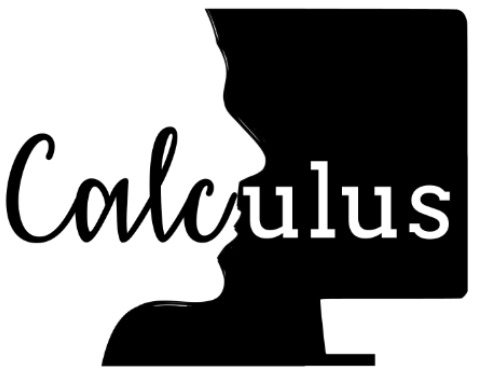
Many top-performing image captioning models rely solely on object features computed with an object detection model to generate image descriptions. However, recent studies propose to directly use scene graphs to introduce information about object relations into captioning, hoping to better describe interactions between objects. In this work, we thoroughly investigate the use of scene graphs in image captioning. We empirically study whether using additional scene graph encoders can lead to better image descriptions and propose a conditional graph attention network (C-GAT), where the image captioning decoder state is used to condition the graph updates. Finally, we determine to what extent noise in the predicted scene graphs influence caption quality. Overall, we find no significant difference between models that use scene graph features and models that only use object detection features across different captioning metrics, which suggests that existing scene graph generation models are still too noisy to be useful in image captioning. Moreover, although the quality of predicted scene graphs is very low in general, when using high quality scene graphs we obtain gains of up to 3.3 CIDEr compared to a strong Bottom-Up Top-Down baseline.
| Publication Date: | december 2020 |
| Publisher: | Association for Computational Linguistics |
| Booktitle: | Proceedings of the 1st Conference of the Asia-Pacific Chapter of the Association for Computational Linguistics and the 10th International Joint Conference on Natural Language Processing |
| URL: | https://www.aclweb.org/anthology/2020.aacl-main.50 |